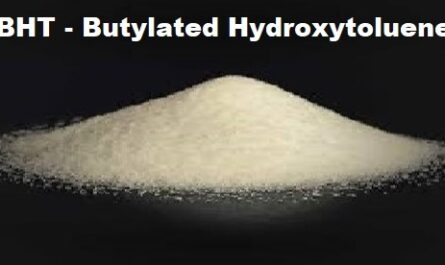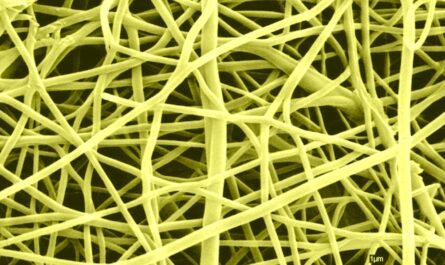Helium is the second lightest element and the second most abundant element in the known universe after hydrogen. On earth however, Helium is quite rare due to its unique properties. In its natural gaseous state or when cooled down to its liquid form, Helium exhibits fascinating characteristics that have irreplaceable industrial and scientific uses. Let’s take a deeper look into this mystical element.
Discovery and Isolation of Helium
Helium was discovered through spectroscopic analysis of the sun’s chromosphere in 1868 by French astronomer Pierre Janssen during a total solar eclipse in Guntur, India. It was initially named after the Greek word for sun ‘Helios’. In 1895, British chemist Sir William Ramsay was able to isolate the gas on earth by treating the mineral cleveite with potassium. Commercial extraction of Helium began in the USA in the early 20th century but it was difficult to produce in large volumes due to its inert nature.
Properties of Gaseous Helium
Gaseous Helium exists as an odorless, colorless, nontoxic and nonflammable monatomic gas at standard temperature and pressure. Some unique properties that stem from its light molecular structure include:
– Low density: At 0°C and 1 atm pressure, the density of Helium is 0.1785 g/L, only 1/7th the density of air. This property is utilized in lifting balloons and airships.
– Low solubility: Helium is inert and barely soluble in liquids or solids. This inertness allows it to maintain a constant composition during industrial processes.
– High thermal conductivity: Helium is a superior conductor of heat, 5 times more than air. It is used as a coolant for superconducting magnets in MRI machines.
– Non-reactivity: Absence of chemical reactivity with most substances makes Helium safe for applications like pressurizing fuel tanks and purge systems.
Fascinating Properties of Liquid Helium
At atmospheric pressure, Helium condenses into a colorless liquid below 4.2K (-268.9°C). Some unique features of liquid Helium include:
– Lowest boiling point: Helium has the lowest boiling point of all discovered elements. This property led to its usage in cryogenics for cooling superconducting magnets.
– Superfluidity: Below 2.17K, liquid Helium enters a bizarre state where it demonstrates zero viscosity and ability to climb up walls of its container. This superfluid Helium finds applications in precision measurements.
– Negative compressibility: Below a threshold pressure, liquid Helium expands instead of contracting when subjected to an applied pressure. This unusual behavior stems from quantum mechanical effects.
– Exotic quantum properties: At ultra-low temperatures, Helium exists as two quantum liquid states known as Helium-4 I and Helium-4 II that exhibit fascinating collective quantum phenomena.
Industrial and Scientific Uses of Helium
Some major uses of gaseous and liquid Helium are:
– MRI and NMR machines: Helium is used as a cryogen to cool superconducting magnets in Magnetic Resonance Imaging and Nuclear Magnetic Resonance instruments.
– Welding and cutting: The inert nature of Helium makes it suitable for welding delicate and reactive metals like aluminum and magnesium that cannot be welded in air.
– Balloons: The low density property allows Helium to lift balloons for birthday parties, advertising and scientific research balloons.
– Rocket fuel: Space rockets use liquid hydrogen as fuel which needs to be stored in tanks at cryogenic temperatures using liquid Helium.
– Fiber optic cables: During the manufacturing of fiber optic cables, a Helium and water mixture is used to detect microscopic leaks in the glass envelope.
Future of Helium Supply
While Helium finds widespread applications across diverse industries, nearly all of the world’s Helium is supplied from a single source – the US National Helium Reserve. Rapid depletion of this reserve due to rising demands has raised concerns about potential Helium shortages in the future. Concerted global efforts towards Helium recycling and exploration of alternative sources will be crucial to ensure continued availability of this invaluable yet finite noble gas.
In summary, gaseous and liquid Helium exhibit truly unique properties stemming from quantum mechanics that have irreplaceable scientific and industrial use. Careful management strategies will be needed to sustain our access to this mystical non-renewable element in the times ahead.




